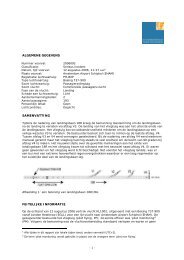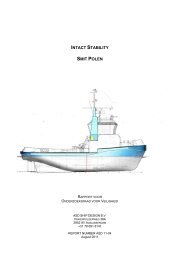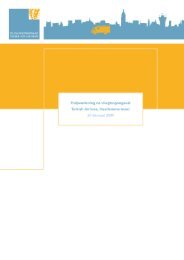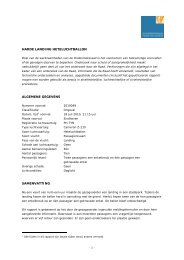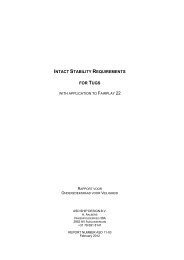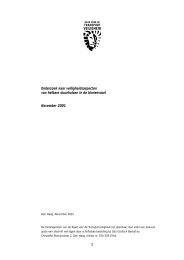Rejected takeoff after the takeoff decision speed 'V ', Boeing B737 ...
Rejected takeoff after the takeoff decision speed 'V ', Boeing B737 ...
Rejected takeoff after the takeoff decision speed 'V ', Boeing B737 ...
You also want an ePaper? Increase the reach of your titles
YUMPU automatically turns print PDFs into web optimized ePapers that Google loves.
Training Aid” training program is designed to facilitate flight crews in reaching and maintaining<br />
proficiency in:<br />
• Recognising and understanding situations and factors that make high <strong>speed</strong> rejected <strong>takeoff</strong><br />
<strong>decision</strong>s critical.<br />
• Making appropriate Go/No Go <strong>decision</strong>s.<br />
• Executing rejected <strong>takeoff</strong> procedures and employing techniques that maximises <strong>the</strong> stopping<br />
capability of <strong>the</strong> airplane should a high <strong>speed</strong> rejected <strong>takeoff</strong> be necessary.<br />
• Continuing <strong>the</strong> <strong>takeoff</strong> safely should that be deemed <strong>the</strong> most appropriate course of action.<br />
In this safety training aid, data and background information on rejected <strong>takeoff</strong>s from 1959 up<br />
to 1990 is presented. It is reported that 76% of all rejected <strong>takeoff</strong>s are initiated at <strong>speed</strong>s of 80<br />
knots or less. The rejected <strong>takeoff</strong>s at low <strong>speed</strong> almost never result in an accident. About 2% of<br />
<strong>the</strong> rejected <strong>takeoff</strong>s are initiated at <strong>speed</strong>s above 120 knots. Statistically more than half of <strong>the</strong><br />
runway overruns or excursions have occurred when <strong>the</strong> rejected <strong>takeoff</strong>s were initiated at high<br />
<strong>speed</strong>s (greater than V 1<br />
).<br />
80%<br />
76%<br />
percent of total rejected <strong>takeoff</strong><br />
60%<br />
40%<br />
20%<br />
18%<br />
0%<br />
80 knots or less 80 to 100 knots 100 to 120 knots above 120 knots<br />
4%<br />
2%<br />
Figure 10: Distribution of rejected <strong>takeoff</strong> initiation <strong>speed</strong>s. Source: Takeoff Safety Training Aid –<br />
U.S. Department of Transportation - Federal Aviation Administration.<br />
According to <strong>the</strong> Takeoff Safety Training Aid in <strong>the</strong> event <strong>the</strong> air<strong>speed</strong> is beyond V 1<br />
a “go <strong>decision</strong>” is<br />
less hazardous and <strong>the</strong> <strong>takeoff</strong> should <strong>the</strong>refore not be rejected. The reasoning is that <strong>the</strong> problem<br />
faced by <strong>the</strong> flight crew may be handled more safely as an in-flight problem than a high <strong>speed</strong><br />
rejected <strong>takeoff</strong>. The reasons for rejecting a <strong>takeoff</strong> vary from an indicator/light to wheel or tire<br />
failure. Engine failure make up 24% of <strong>the</strong> reasons to reject a <strong>takeoff</strong>.<br />
23








